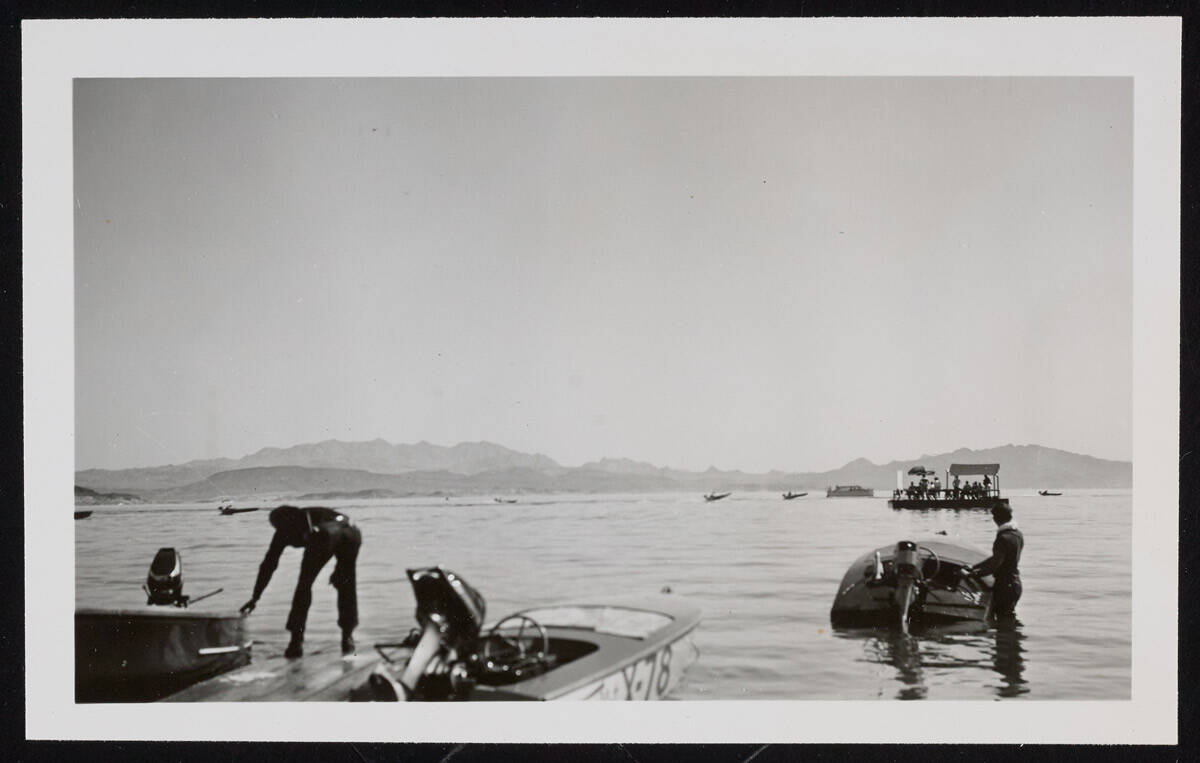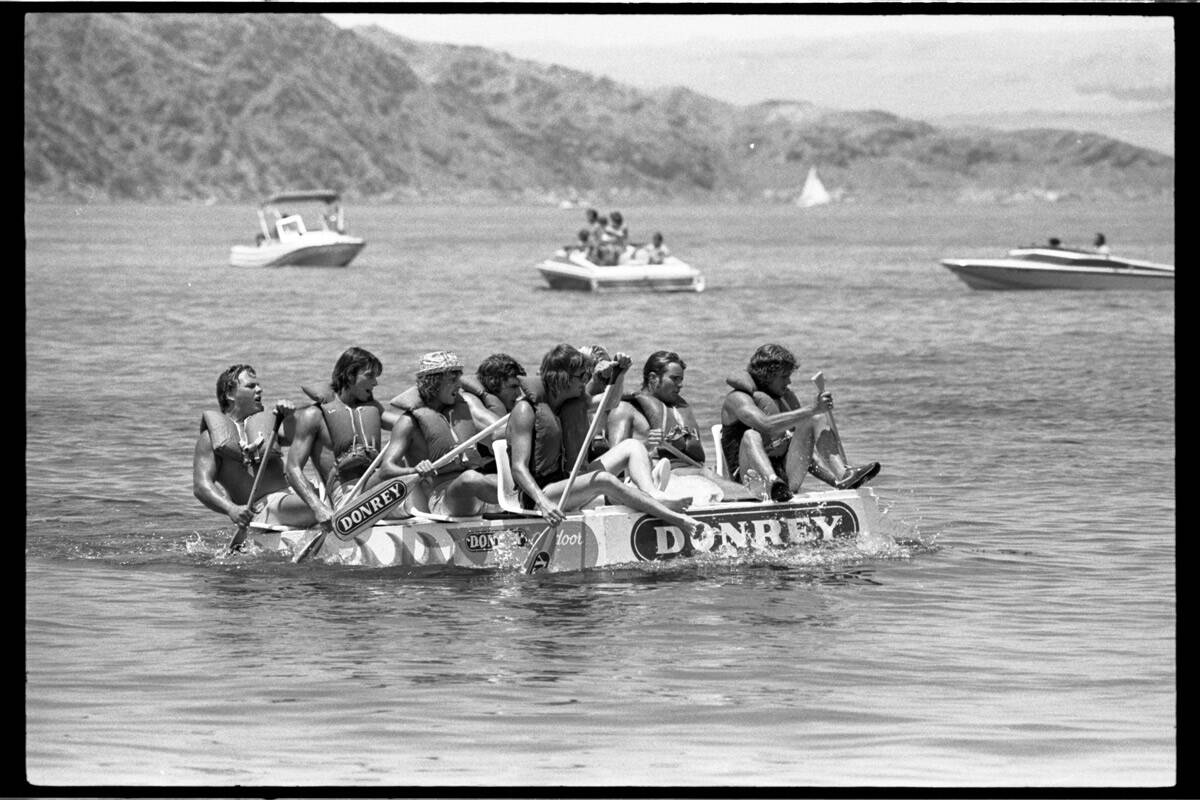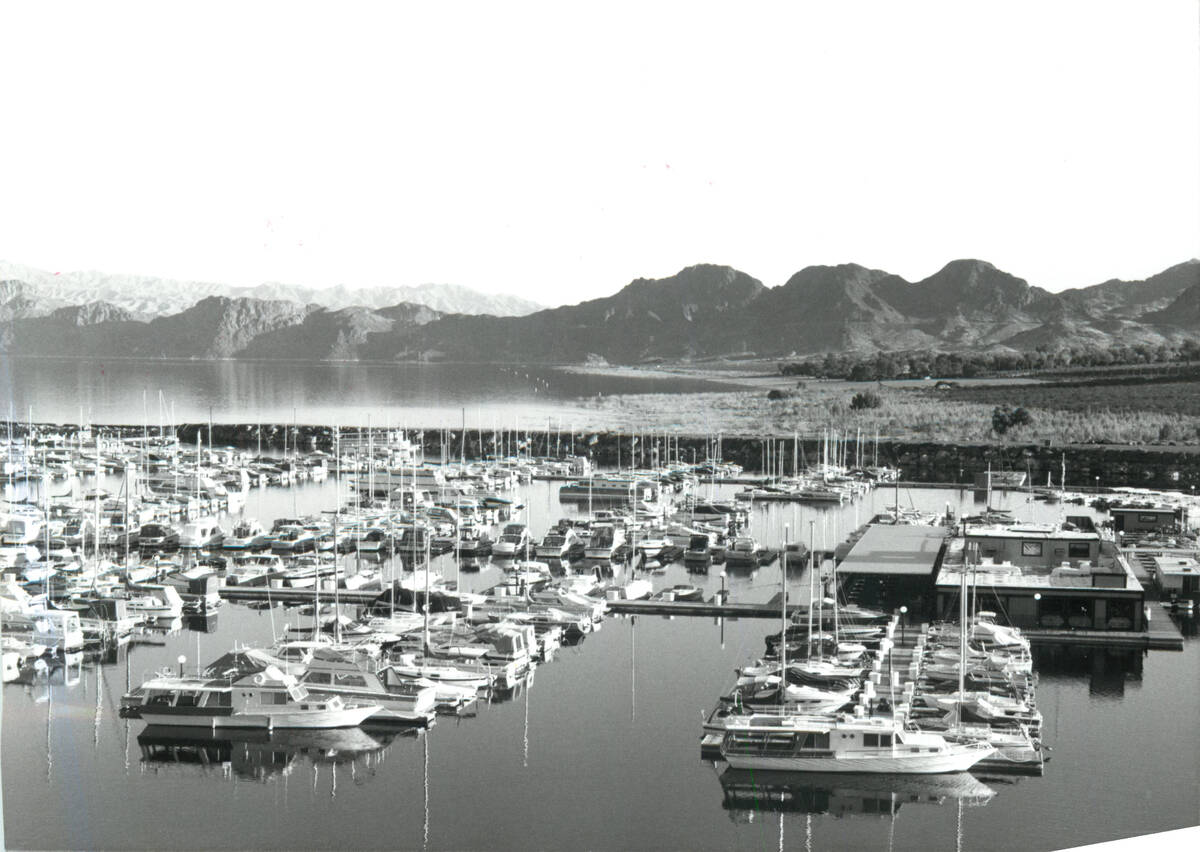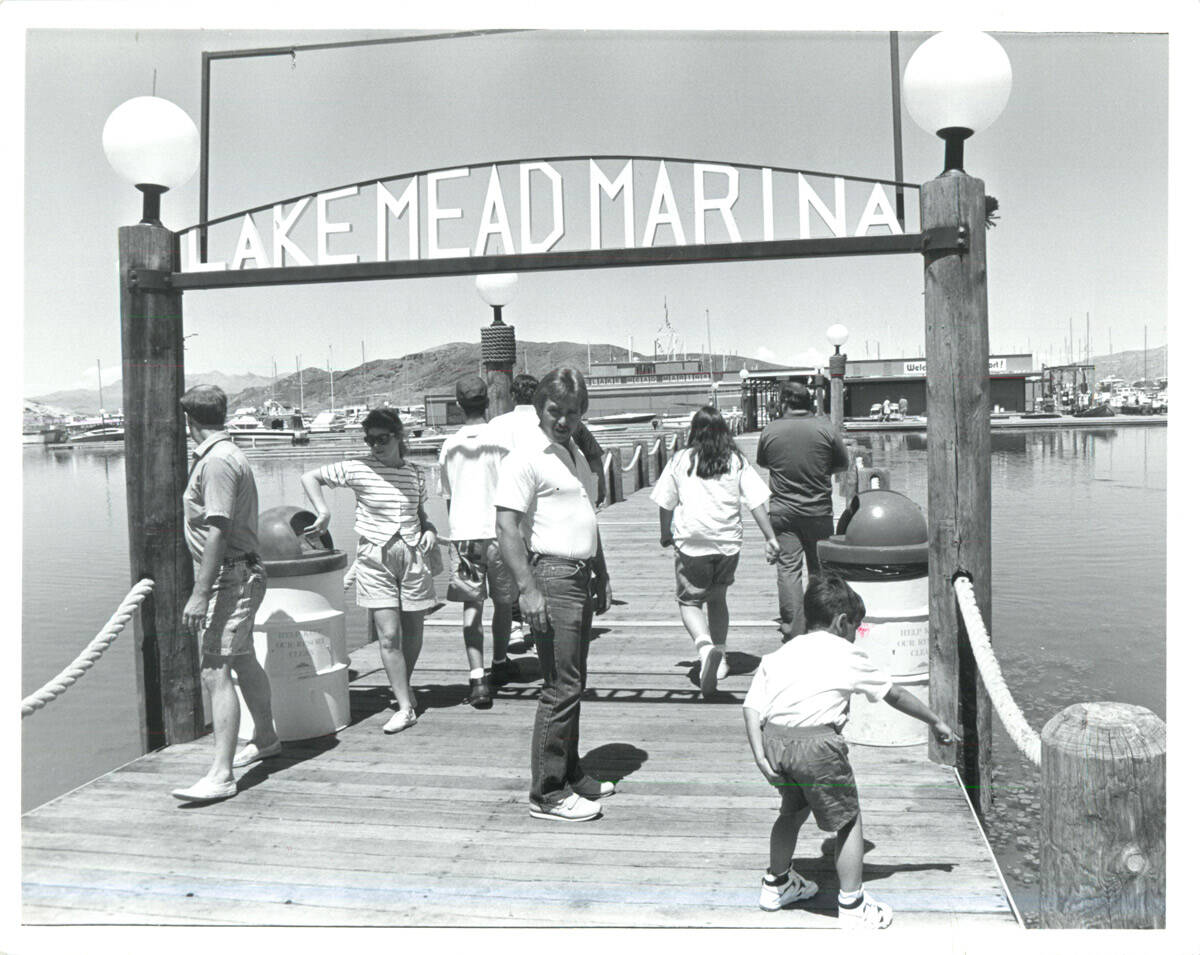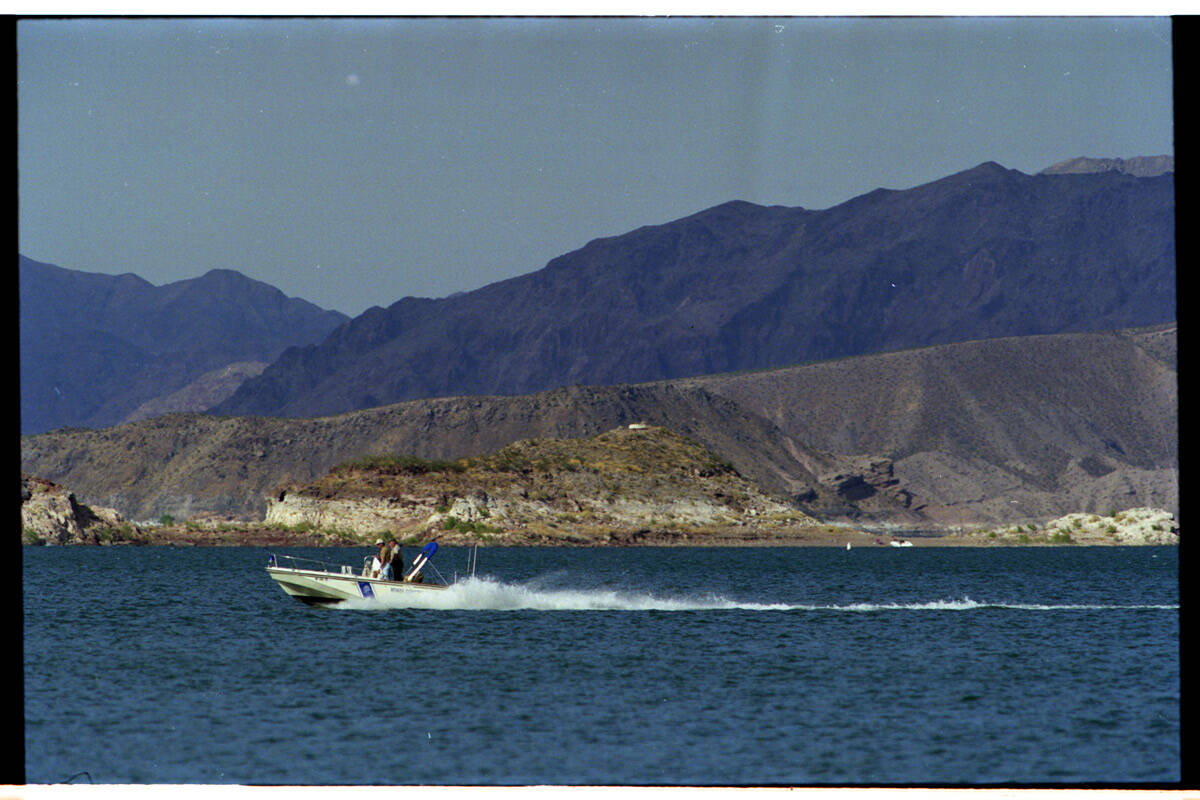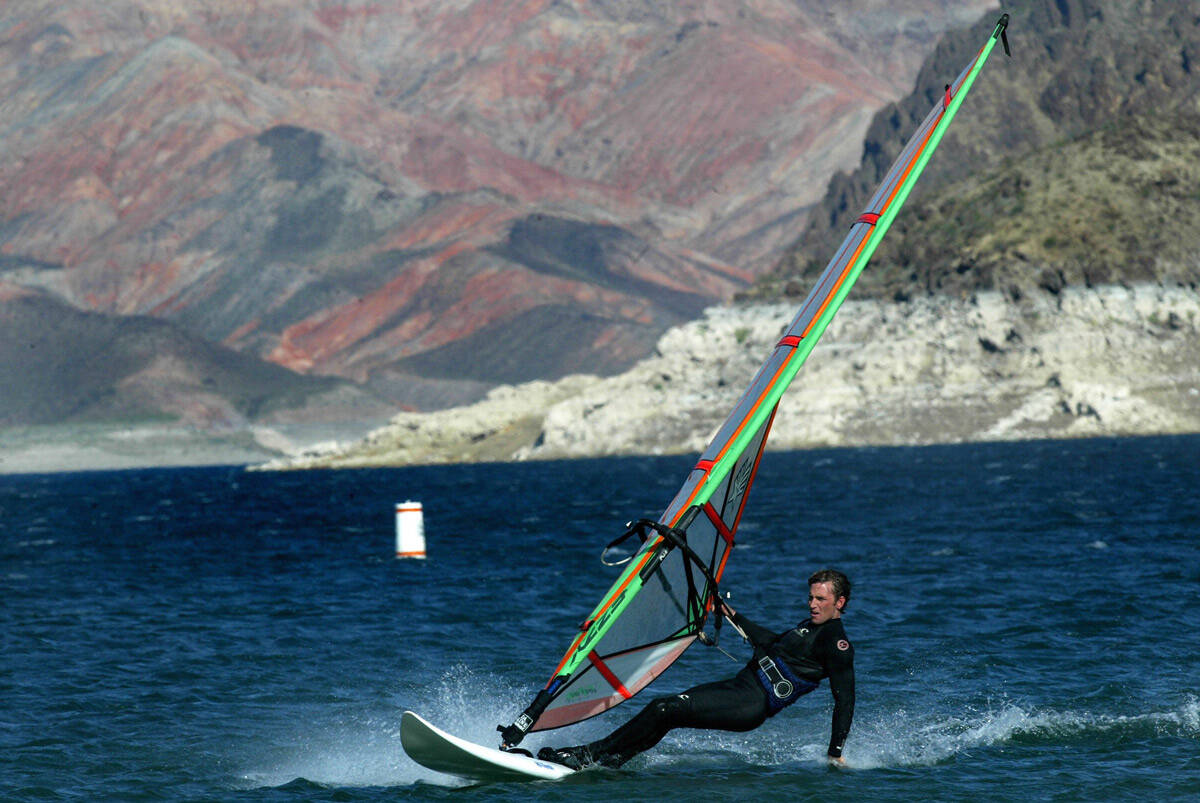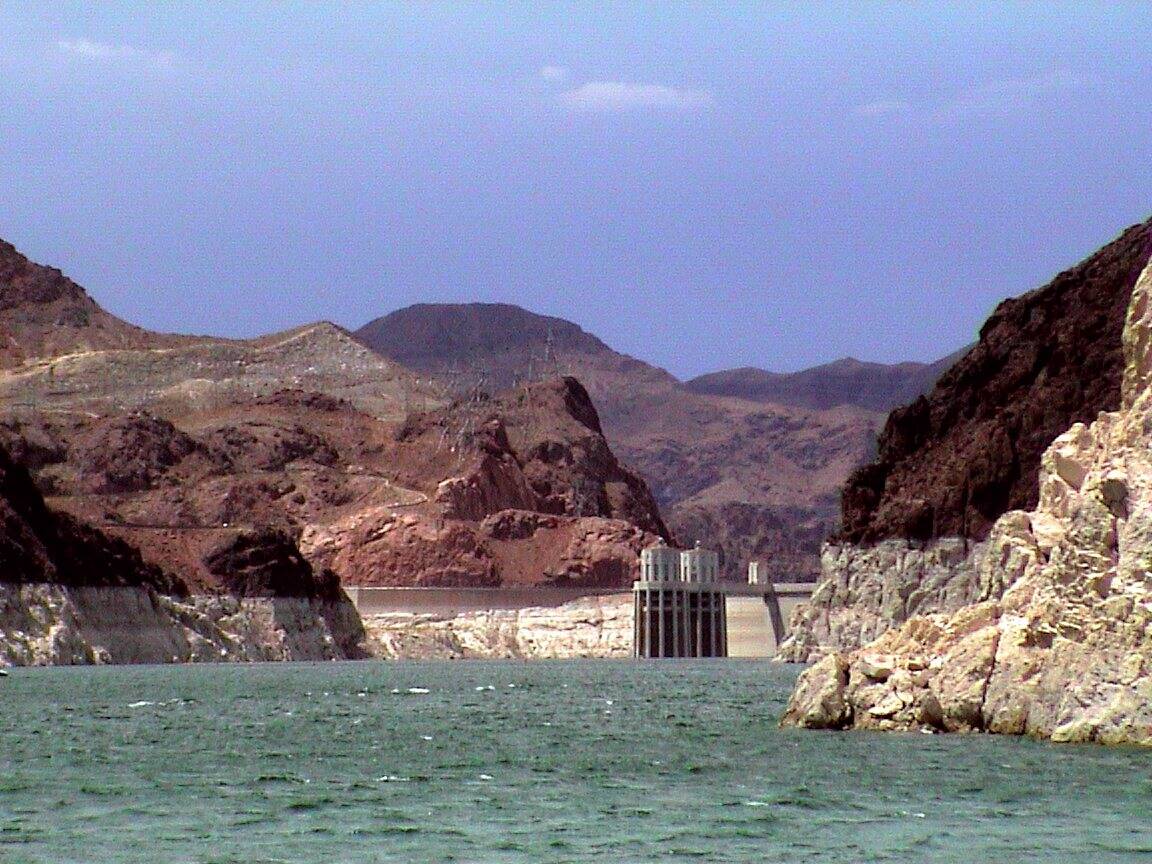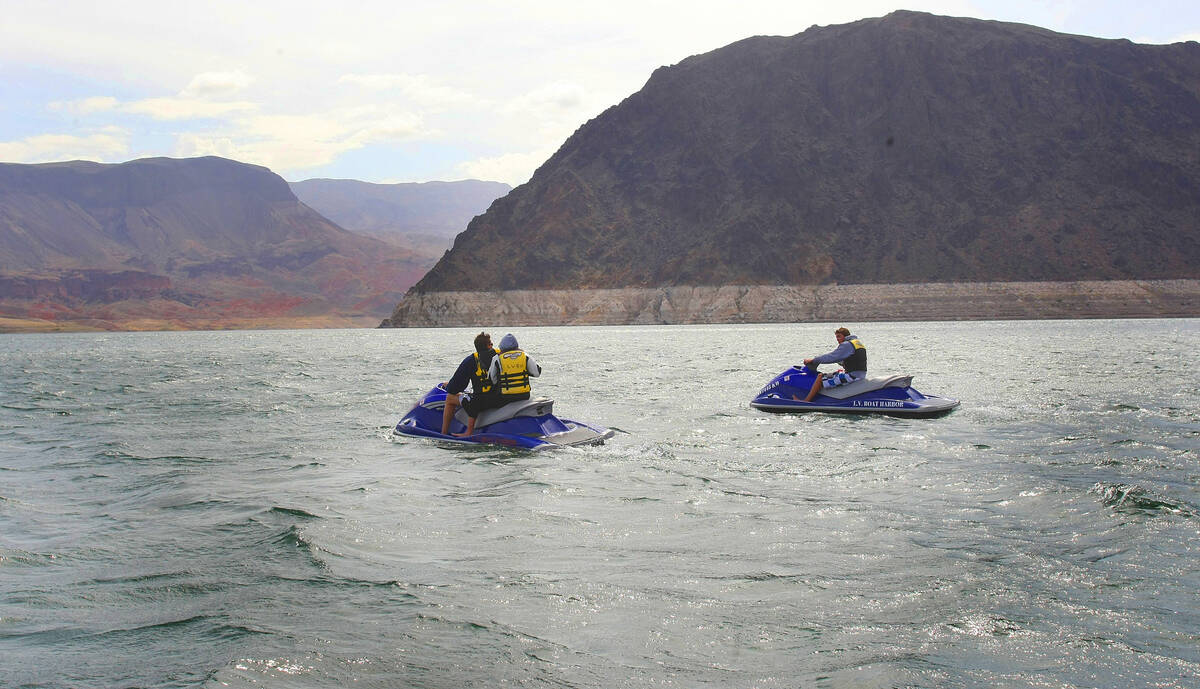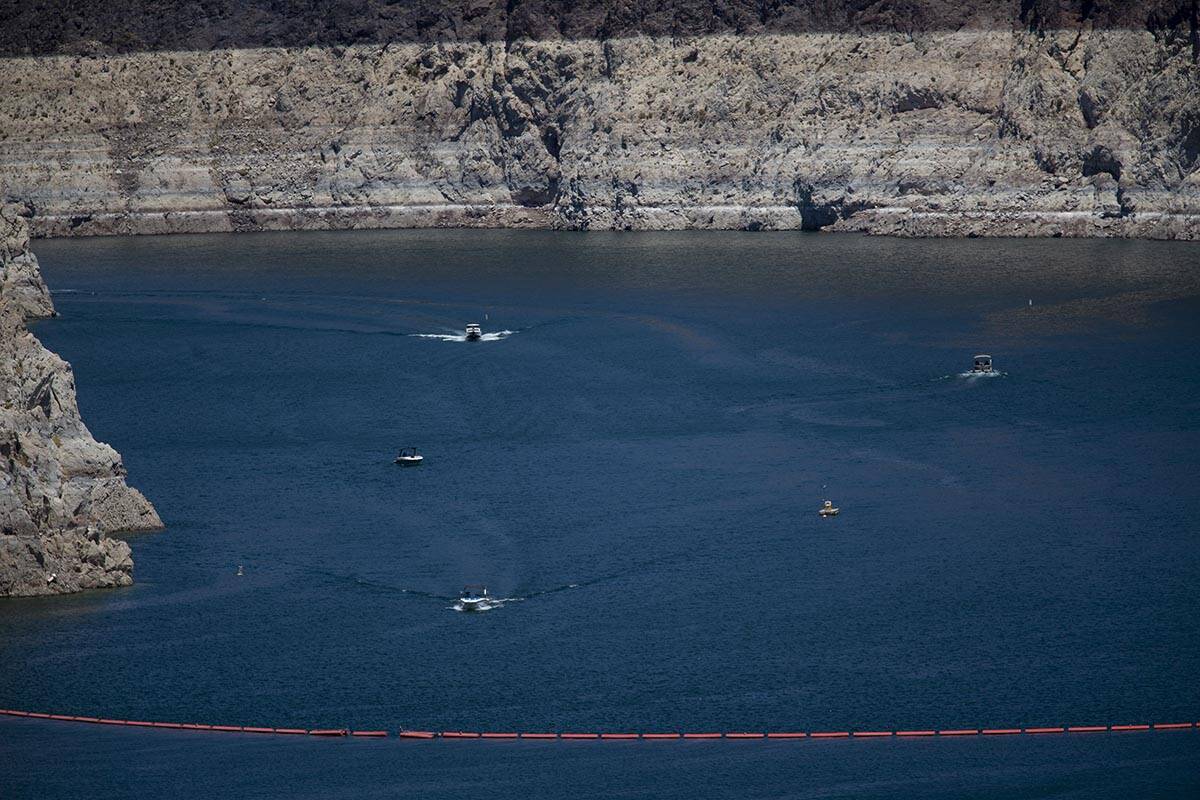Lake Mead through the decades — PHOTOS
Lake Mead, America’s largest reservoir, has fluxuated in elevation by several hundred feet since the Hoover Dam’s completion in 1935.
St. Thomas is submerged in the 1930s
The Mormon settlement of St. Thomas was once a stopping point between Los Angeles and Salt Lake City, Utah. When Lake Mead was first filled in the 1930s, the ghost town became submerged. Located along the Muddy River that feeds into Lake Mead, the town once had a population of around 500 people, but lacked water and electricity. Today, due to low water levels, some of town’s remains can be seen, according to the National Park Service.
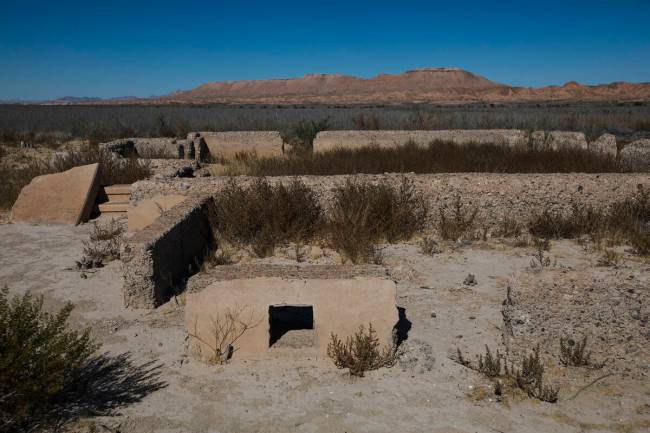
1930s: Lake Mead fills
In 1931, fewer than 100,000 people lived in Nevada, and the population of Clark County was around 8,500. In February 1935, Lake Mead began to fill to over 700 feet, according to the National Park Service. In 2021, Lake Mead reached its lowest point since the 1930s. Lake Mead became the first national recreation area in 1936.
1940s: Lake Mead becomes recreation hub
Lake Mead’s water level reached an elevation of 1220 feet in July 1941. In 1947, Boulder Dam Recreation Area was renamed to Lake Mead National Recreation Area after Dr. Elwood Mead, the former commissioner of the Bureau of Reclamation.
The population of the Clark County doubled between 1940 and 1950. By the end of the decade, the lake declined to 1170 feet.
1950s: Lake Mead drops with Davis Dam creation
In 1952, the Davis Dam, which created Lake Mohave, was completed. The population of Clark County tripled between 1950 and 1960 to over 127,000 people. In March 1956, Lake Mead’s elevation dropped to 1083 feet.
1960s: Lake Mead water treatment is created
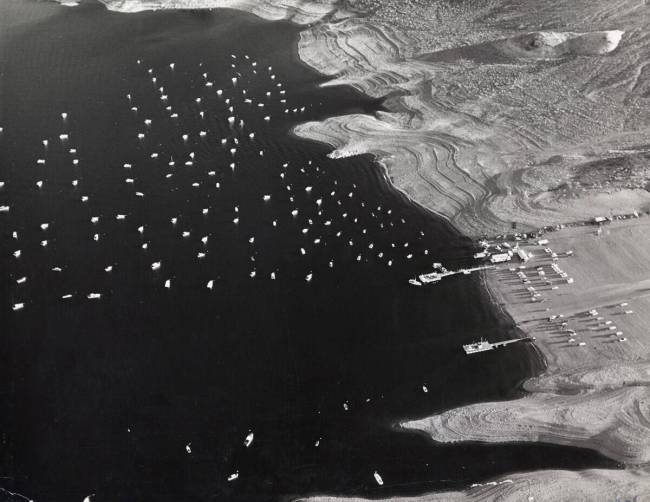
In the 1960s, the Las Vegas Valley Water District began designing a two-stage water system to treat water from Lake Mead for Las Vegas residents.
Lake elevation went from 1165 feet in January 1960 to 1152 in December 1969.
1970s: Lake Mead sees historic high water levels
The 1970s kicked off two decades of high elevations at Lake Mead, lasting until the late 1990s. At the start of the decade, Lake Mead’s elevation was 1153 feet. By the end of the decade, the lake rose to 1197 feet.
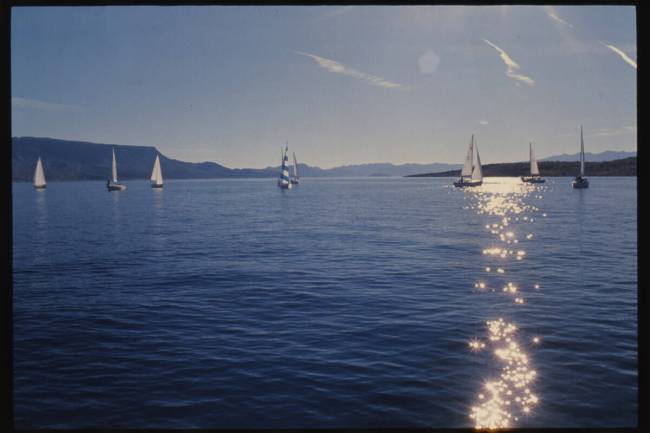
1980s: Lake Mead reaches capacity
In July 1983, Lake Mead reached storage capacity and its highest point in history at 1225 feet. That same year, the Review-Journal told readers that activities at Lake Mead would be limited because of high water levels.
Badger Cove, Driftwood Cove and Grand Wash Bay to the northeast of Lake Mead were filled in the 1980s, and have since receded to be channels of the Colorado River. The lake went from an elevation of 1198 feet at the start of the decade to 1189 feet in 1989.
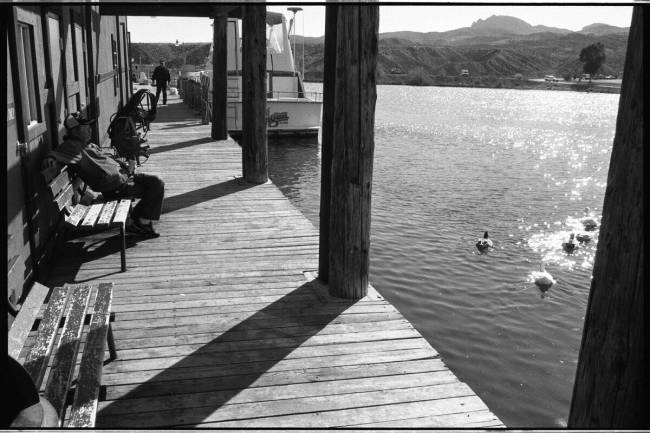
1990s: The birth of Lake Las Vegas
In 1990, 3 billion gallons of water were diverted from Lake Mead for the construction of Lake Las Vegas. The Southern Nevada Water Authority was formed in 1991 when the concept of the “return-flow credit” was created. The credit allowed the community to take an extra gallon from the Colorado River for every gallon of treated wastewater that returned to Lake Mead.
The lake was at an elevation 1191 feet at the start of the decade, and rose to 1213 feet at the end of the decade.
2000s: Megadrought begins
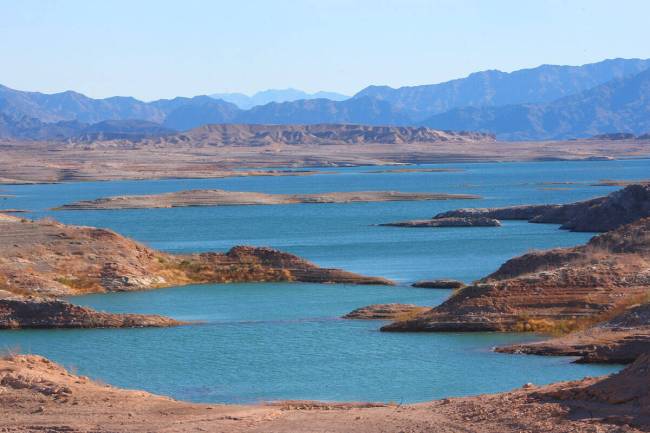
Since 2000, the average water inflow has been just 79 percent of the previous 30-year average, according to the National Park Service. Water levels dropped over 100 feet during the 2000s, resulting in Lake Mead Marina being moved in 2008 from Boulder Harbor to Hemenway Harbor.
In 2007, the U.S. Department of the Interior set forth Colorado River guidelines for managing Lake Powell and Lake Mead during drought and low water level periods, which previously did not exist.
2010s: Water levels reach historic lows
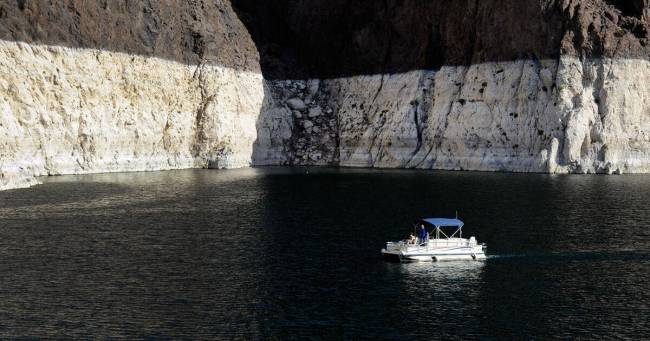
Lake Mead reached 38% capacity in 2010. In 2015, a 3-mile, $817 million tunnel to the deepest part of the lake was completed. In 2019, the Upper Basin and Lower Basin Drought Contingency Plans were signed. The plans outline strategies for addressing the historic drought in the Colorado River Basin.
2020s: An uncertain future
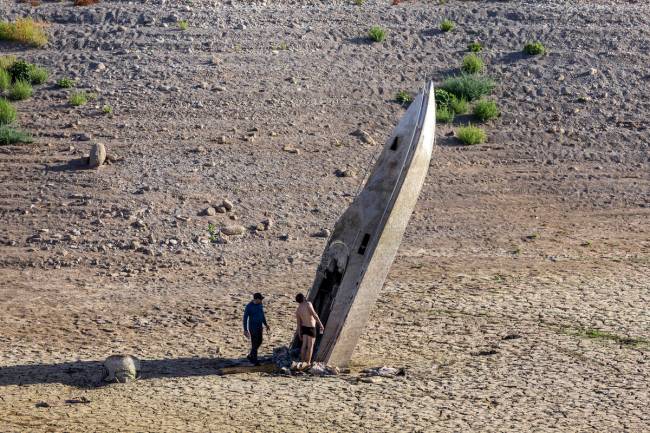
In April 2022, the Southern Nevada Water Authority turned on 34 valves of its low-lake-level pumping station. The pump station was completed two years prior for $522 million to ensure the water reaches Las Vegas even if the lake were to shrink another 160 feet. The Bureau of Reclamation announced in June that shortages along the Colorado River basin will require cuts of 2 million to 4 million acre-feet in 2023 to preserve critical levels at Lake Mead and Lake Powell.
Contact Taylor Lane at tlane@reviewjournal.com. Follow @tmflane on Twitter.



